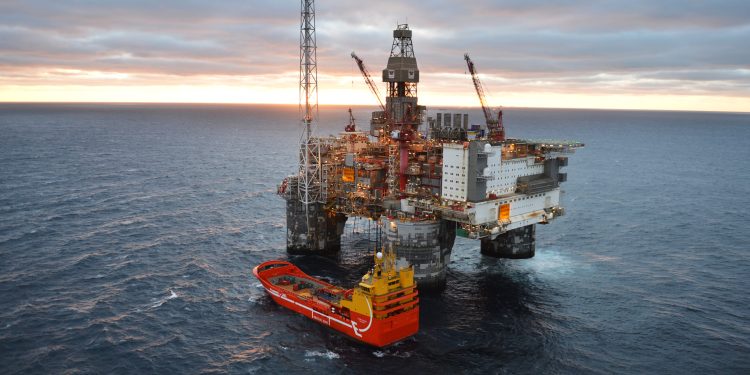Equinor and Petoro Exchanged Offshore Assets
Equinor and Petoro have entered into a value-neutral asset swap agreement in the Haltenbanken area. This was reported by the Equinor press service.
Equinor will increase its participation in the Heidrun and Noatun fields and reduce its participation in the Tyrihans and Castberg, Carmen and Beta fields.
Theses by K. Hove, Executive Vice President for Exploration and Production in Norway:
- we are committed to further development and value creation on the Norwegian Continental Shelf (NCS) and expect to maintain high production levels while reducing emissions until 2035;
- distribution of ownership around larger production centers is an important factor contributing to long-term value creation;
- although this is a value-neutral exchange, this distribution of ownership will increase the value of all parties in the Halten area over time.
Heidrun and Tyrihans are the 2 largest producing fields in the Halten area of the NCS. Heidrun is among the longest-lived fields on the NCS.
Equinor currently holds a small 13% stake in Heidrun, while Petoro holds 57.8%. In Tyrihans, Equinor holds a 58.8% stake, while Petoro holds no shares.
After the transaction is completed:
- Equinor will own 34.4% in Heidrun and 36.3% in Tyrihans;
- Petoro will own 36.4% in Heidrun and 22.5% in Tyrihans;
- Equinor’s share in Johan Castberg will be 46.3%.
The transaction is subject to regulatory and Norwegian parliamentary approval. The effective date of the agreement is January 1, 2025.
Heidrun oil and gas field:
- discovered in 1985 by Conoco and mined since 1995;
- located approximately 175 km off the coast of Central Norway at a depth of approximately 350 m;
- the field infrastructure includes the world’s largest floating concrete platform with tension legs;
- oil production volumes at the field have already exceeded initial expectations regarding the overall life of the field;
- in 1991, a plan of development and operation (PDO) was submitted to the authorities, total production was estimated at just over 750 million barrels of oil;
- Equinor’s goal is to increase reserves from the current 1.260 to 1.890 billion barrels of oil and natural gas;
- during the peak period, almost 250 thousand barrels per day of oil are produced, Heidrun’s current production is about 60 thousand barrels;
- gas from Heidrun: transported to Tjeldbergodden in Møre og Romsdal, where it is used as raw material for the Equinor menthol plant; since 2001 the field has also been connected to the Åsgard gas pipeline; gas is exported to Korsto near Stavanger and further to Dornum in Germany – a total distance of about 1.4 thousand km.
Heidrun is a complex field with major problems associated with sand, scale and corrosiveness. Currently, both water and gas are injected to maintain reservoir pressure and enhance oil recovery, and the use of both is constantly being optimized.
To maintain production from the platform, new wells are being drilled almost continuously. Effective and inexpensive drainage systems are necessary to extend the life of a field. More than 100 wells have now been drilled at the field, and almost as many will be drilled before the field is closed.











